A Detailed Introduction to the Notation System in Xiangqi (Chinese Chess)
Author: Jim Png from www.xqinenglish.com
Note: This article first appeared on Xiangqi.com.
The notation in Xiangqi (Chinese Chess) is a very fundamental part of Xiangqi with its own history and culture. In the past, the author has written a simple introduction and created a video that can be accessed at this link. In this article, a more in-depth look at the notation system will be presented. The article is divided into the following topics:
- Why do we need a notation system?
- Ancient Xiangqi Notations
- Standard Right to Left File Numbering System
- Poem system
- Description System
- The modern official standard
- The names of the pieces are:
- Movement of the pieces
- The numbering of the files
- The four-component notation system
- Explaining the notation system for pieces that advance and retreat in a straight line
- Explaining the notation system for pieces that traverse in a straight line
- Explaining the notation system for pieces that move diagonally
- Explaining the notation system for pieces in tandem
- Explaining the notation system for Pawns in tandem
- Shorthand system
- Some criticisms of the current notation system
- Some advantages of the current system
- Some thoughts
Why do we need a notation system?
Notation systems are required for communication in Xiangqi such that the moves that have been moved can be expressed clearly.
Xiangqi has had its notation systems since ancient times. There have been several notation systems, but the current official notation system is authorized and commissioned by the World Xiangqi Federation in their World Xiangqi Rules published in 2018.
Ancient Xiangqi Notations
There are several different forms of Xiangqi (Chinese Chess) notation in the ancient manuals. It can be divided into three major categories.
Standard Right to Left File Numbering System
The earliest extant notation system is found in Chen Yuanjing's (陈元靓, chén yuán jìng, ?-?) Shi Lin Guang Ji, which is supposed to have been published between 1228-1233AD.
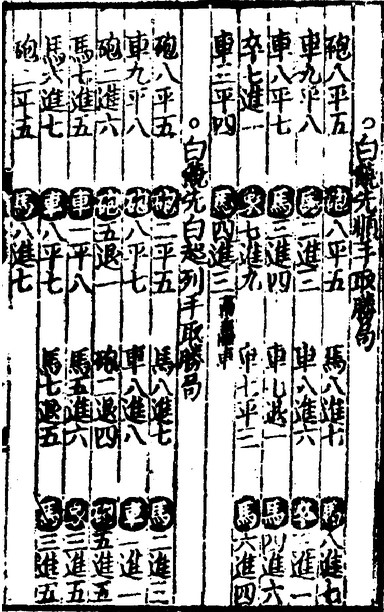
Diagram 1 Game records of the two earliest extant games from Chen Yuanjin's Shi Lin Guang Ji (1)
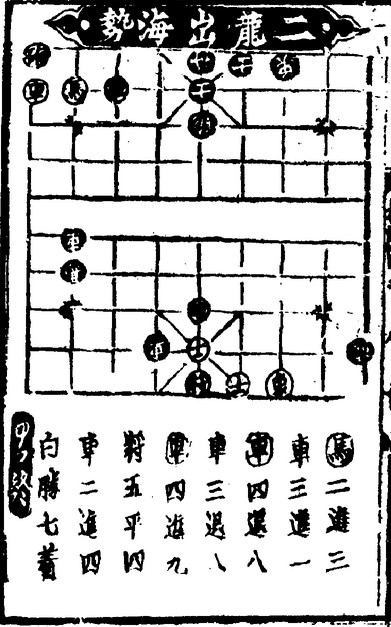
Diagram 2 Two Dragons out to Sea from Shi Lin Guang Ji (2)
As can be seen, the notation system used in Shi Lin Guang Ji is the same as the one used today. It remains the most commonly used notation system in ancient and modern times. Another example is from Wan Bao Quan Shu (《万宝全书》 wàn bǎo quán shū), which was published in 1739AD. A page from the book showing both Xiangqi and Weiqi is shown below.
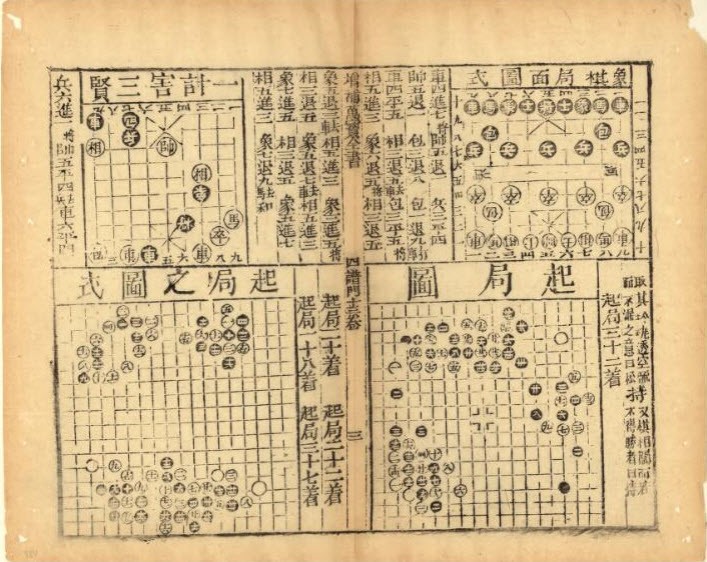
Diagram 3 Reprint of a page from Wan Bao Quan Shu depicting Xiangqi and Weiqi (3). The answers to the puzzle in the left-hand corner are given in the square at the top middle row.
In An Old Xiangqi Manual (《象棋老谱》 xiàng qí lǎo pǔ), the notation was slightly altered whereby the number of the files started from the left to right for both colors. Another interesting thing to note was that once a piece crossed the river, it would adopt the number of the files on that side. For more on ancient manuals, please refer to the three articles.
Poem system
Another way that the notation was given in ancient times was to name each of the intersections. A poem containing ninety unique Chinese characters is used. Each Chinese character in the poem would represent a specific intersection on the board.
For example, if we were to use the nursery rhyme "Jack and Jill went up the hill to fetch a pail of water" as our poem, a move using this format would be represented as "Jack-Jill", "pail-hill", et cetera. The reader would have to constantly refer to the poem, which served as the guide to deciphering each move.
There were a few ancient manuals that used this system, but the most notable ancient manual would be Wang Zaiyue's (王再越 1662?-1722? wáng zài yuè) Plum Flower Manual (《梅花谱》 méi huā pǔ).
The author reconstructed the following diagram and published it in his Lexicon of Xiangqi (Chinese Chess) Terms in English. (4)
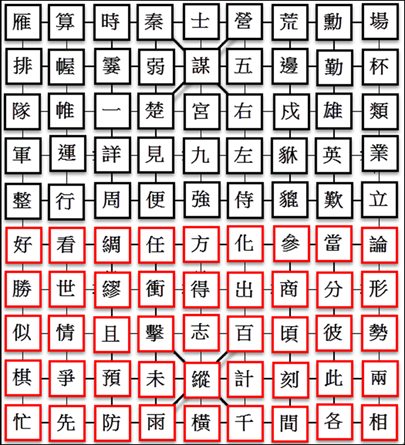
Diagram 4 Poem used by Wang Zaiyue as the legend to the moves. (4)
Description System
In One Hundred Variation Variations of Xiangqi (《百变象棋谱》 bǎi biàn xiàng qí pǔ, 1522?), a purely descriptive method of notation was used. For example, based on the puzzles given in the book, the answers would be something like this, Pawn captures Chariot, King retreats, Chariot advances for Check, Horse to Riverbank, et cetera
The modern official standard
As mentioned earlier, the modern official standard notation system is given in the World Xiangqi Rules. The following notation system is explained with the presumption that the reader already knows how to move the pieces. If not, please refer to the introductory videos present on this site.
The names of the pieces are:
- 帥/將 à King, abbreviation 'K',
- 車 à Chariot, abbreviation 'R',
- 馬 à Horse, abbreviation 'H',
- 炮/砲 à Cannon, abbreviation 'C',
- 兵/卒 à Pawn, abbreviation 'P',
- 仕/士 à Advisor, abbreviation 'A',
- 相/象 à Elephant abbreviation 'E'.
Movement of the pieces
The movement of the pieces are depicted with the following abbreviations:
- Advancing a piece: '+',
- Retreating a piece: '-',
- Traversing (moving in the same horizontal line, aka rank): '='.
The numbering of the files
The notation system is heavily dependent on the files on which the pieces are located. Unlike International Chess, whereby coordinates are used, the notation in Xiangqi is based on the file on which the chess piece is located.
The numbering of the files follows the ancient Chinese tradition, whereby each file STARTS WITH '1' ON THE RIGHT-HAND SIDE OF THE BOARD AND ENDS WITH '9' ON THE LEFT-HAND SIDE OF THE BOARD, FOR EACH COLOR.
Diagram 5 Explaining the files in modern-day notation
The Red Chariot, Horse, Elephant, Advisor, King are on Red's 1,2,3,4,5 files, respectively.
The Black Chariot, Horse, Elephant, Advisor, King are on Red's 1,2,3,4,5 files, respectively.
However, the Black Chariot is located on Red's 9th file, as is the Red Pawn. The converse is valid for the Red Chariot as it is located on Black's 9th file, as is the Black Pawn. Hence, Red's 1st file will be Black's 9th file, Red's 2nd file will be Black's 8th file, and so on. The only exception is the central file ('5') where the Kings are located.
It can be confusing for the westerner or newcomer to Xiangqi, but a little practice is all it takes to get accustomed.
The four-component notation system
Each move is recorded and represented by a four-component notation system. In summary, the four components are:
- the first component represents the chess piece,
- the second component will denote the file that the chess piece was found,
- the intended movement of the chess piece, (advance '+', retreat '-' or traverse '='), and
- the number of intersections moved forward/retreated OR the number of the file where the piece was finally moved when it was traversed, or advanced or retreated (in the case of the Horse, Elephant, and Advisor).
The notation system is best explained in terms of the movement of the pieces. Four pieces move in straight lines: the Chariot, Cannon, Pawn, and King. The remaining three pieces move diagonally (Horse, Advisor, and Elephant).
Explaining the notation system for pieces that advance and retreat in a straight line
For linear pieces, the notation for advancing and retreating is to be introduced first. Please refer to the following example.
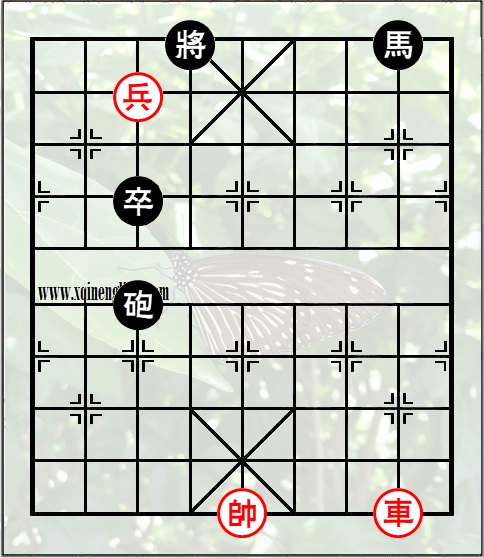
Diagram 6 Explaining the notation for advancing and retreating linear pieces 01
In this example, for Red to deliver checkmate, the Red Chariot will need to capture the Black Horse. The first two components for the notation of this move are: 'R' and '2', which will mean that the Chariot on the second file is to be moved.
The third component is '+', which will mean that the Red Chariot is to be advanced.
The fourth component will be the number of intersections to be advanced, which is '9'.
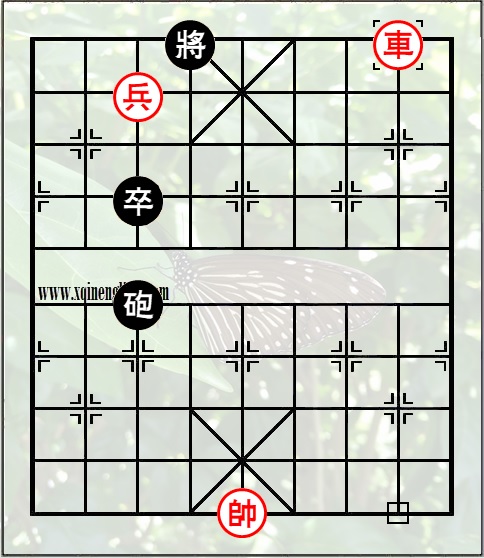
Diagram 7 Explaining the notation for advancing and retreating linear pieces 02
The notation for the Red Chariot capturing the Black Horse is 'R2+9'.
The same system works equally well for retreating a linear piece. For the Black Cannon to capture the Red Pawn, the notation is 'C3-4', which means that the Black Cannon on the 3rd file (Black's 3rd file) is retreated ('-') four intersections.
Explaining the notation system for pieces that traverse in a straight line
The most commonly used opening move is C2=5 for the Central Cannon. The 'C' represents the Cannon and indicates that the Cannon is to be moved. However, there are two Cannons in the initial array, so which Cannon is to be moved? The answer is the Red Cannon on the 2nd file, as shown in the diagram below.
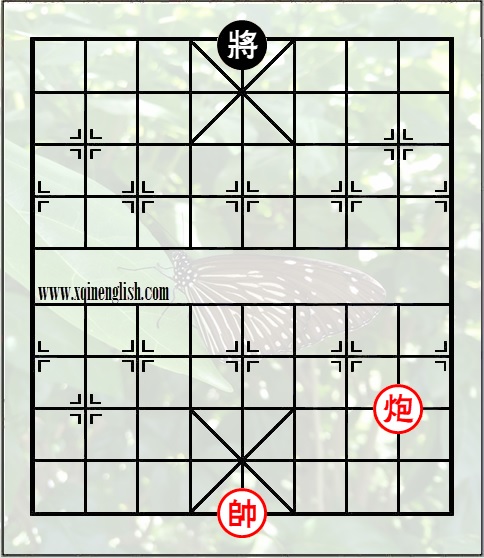
Diagram 8 Explaining C2=5. The Red Cannon on the 2nd file is the Cannon to be moved.
The third component of the move is '=', which means that the chess piece is traversed. Therefore, it will mean that the Red Cannon is to be moved horizontally. However, where should it move to as there are nine files?
The answer would be the '5' in 'C2=5', which refers to the 5th or central file. Hence, the Red Cannon will now be placed upon completion of the move, as seen in the diagram below.
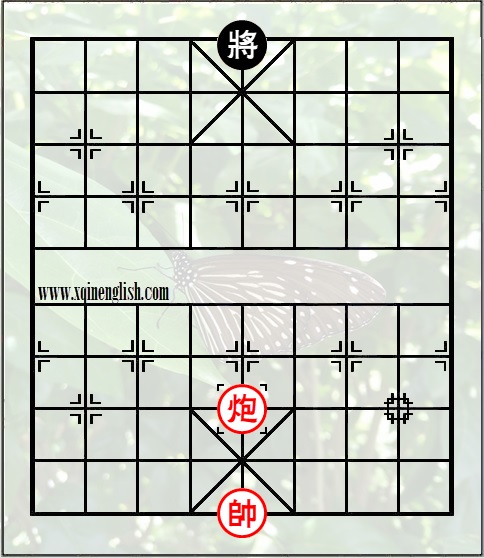
Diagram 9 Explaining C2=5. The Red Cannon on the 2nd file is moved to the Central File.
Explaining the notation system for pieces that move diagonally
The Advisor, Elephant, and Horse all move diagonally, which means they will end up on different files and ranks upon completion of a move. The four-component system is still used, but the numbers will only represent the piece's files and its destination file.
Continuing with the Central Cannon above, Black usually counters by moving a Horse to protect his central Pawn from capture by the Red Cannon. Let us assume that Black chooses to move his LEFT Horse.
The first two components of the notation will be 'H8' which means that Black chooses to move his Horse on the 8th file. To protect the central Pawn, Black needs to move his Horse to the 7th file.
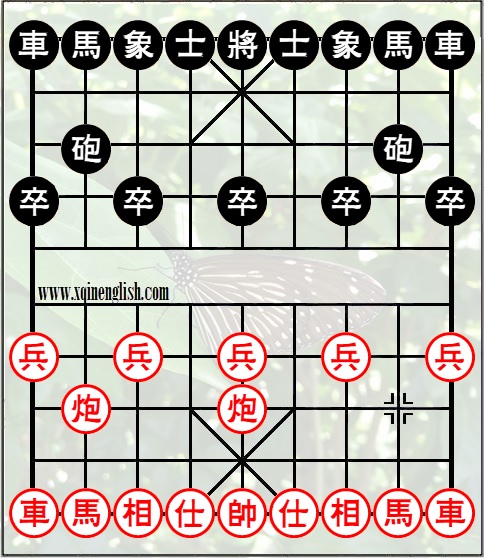
Diagram 10 Explaining the notation for the diagonal pieces 01
Therefore, the last two components of the required notation will be '+7', which means that the Black Horse is moved to Black's 7th file. The complete move is H8+7 to reach the position shown below.
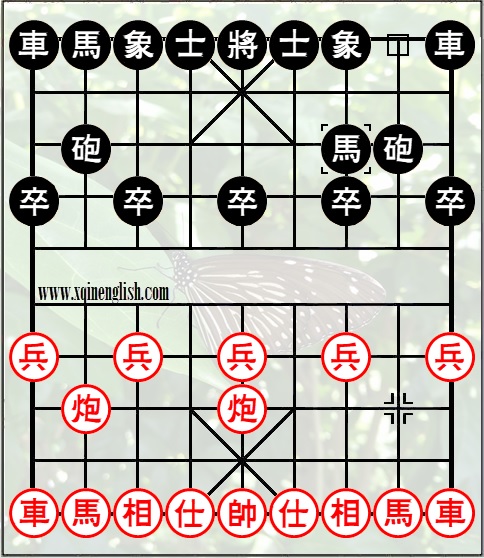
Diagram 11 Explaining the notation for the diagonal pieces 02
The system of notations given above is the basic standard. Two more scenarios must be explained.
Explaining the notation system for pieces in tandem
The above system will work if there are NO TANDEM PIECES (same piece of the same color in the same FILE) on the board. For example, if there were two Red Chariots in the same file, the second component of the notation system will fail to indicate which Chariot is to be moved.
Please refer to the example given below.
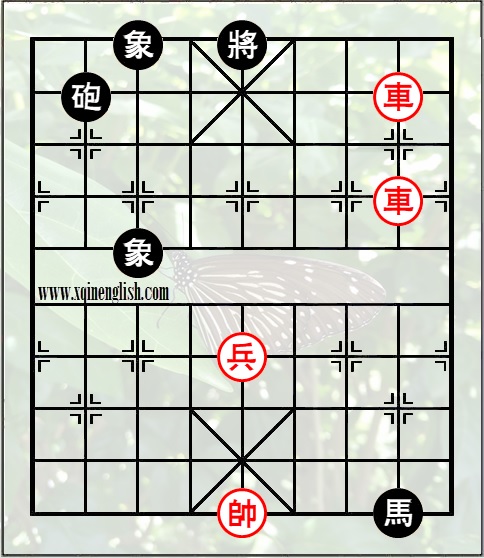
Diagram 12 Explaining the notation for tandem pieces
In this example, the Red Chariots are in the same file. If Red wanted to deliver a check, 'R2+1' will not indicate which Chariot is to be advanced as both Chariots are capable of such a move.
In this situation, the first two components would specify which piece in tandem is to be moved. '+' refers to the tandem piece in front, and '-' refers to the tandem piece at the rear. The third and fourth component of the notation system remains unchanged.
Therefore, in this example, to deliver a check, the correct notation is '+R+1'. For the Red Chariot at the rear to capture the Black Horse, the notation is '-R-7'. For the Red Chariot in front to capture the Black Cannon, the notation is '+R=8'. '+R' will refer to the Chariot in front, while '-R' will refer to the Chariot at the rear.
Sometimes, '+R' is written as 'R+' and '-R' is written as 'R-'but the official recommendations suggest the former way of notation and do not mention whether the latter was acceptable or not.
We now turn to the Black Elephants in tandem on the board. For the Elephant on Black's bottom rank to move to the central file, the notation is '-E+5'. For the Black Elephant on Blacks' riverbank to retreat to the central file, the notation is '+E-5'. However, in some books, 'E7+5' is simply written to indicate that the Elephant on the bottom rank moves to the central file. Such a notation system is not official, but it is clear enough as the Elephant on the riverbank CANNOT advance to cross the river.
Explaining the notation system for Pawns in tandem
The final section of the notation system in Xiangqi that needs particular discussion will be the notation of the Pawns with three or more pieces in tandem or two sets of Pawns in tandem.
The Pawns are the only Xiangqi pieces to exceed two in number. The 2018 World Xiangqi Rules has clearly stated instead of using '+P' or '-P', the first component will refer to the relative position of the Pawn in tandem. The Pawn at the forefront is labeled '1'. The Pawn immediately behind it is labeled '2' and so on for a maximum of five Pawns.
The second component will refer to the file, and the rest of the notation applies. The third and fourth component of the notation system remains the same.
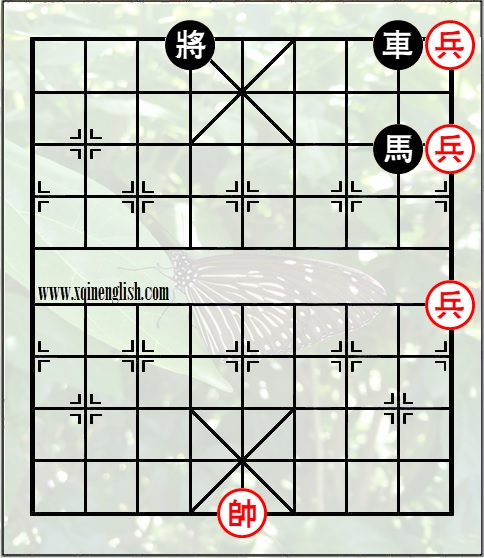
Diagram 13 Explaining the Notation for one set of Tandem Pawns
In this example, Red has three Pawns in Tandem Pawns on Red's 1st file. The notation for the foremost Pawn to capture the Black Chariot is '11=2'. The notation for the Pawn in the middle to capture the Black Horse is '21=2'. For the Red Pawn at the riverbank, the only legal move is '31+1'.
The same notation system will apply to sets of three, four, and five Pawns in tandem.
The last scenario whereby the notation mentioned above needs further clarification would be the case of having TWO TANDEM SETS OF PAWNS on the board.
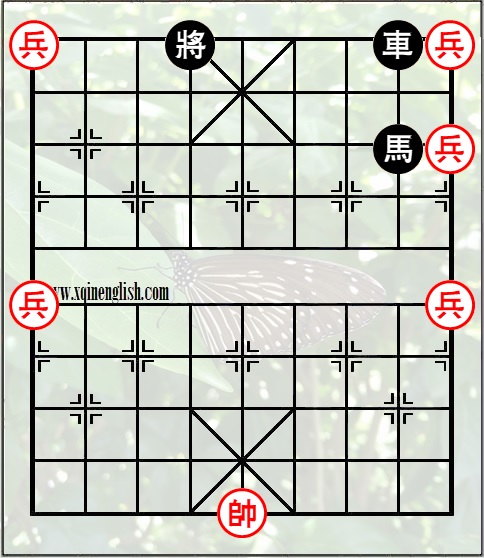
Diagram 14 Explaining the notation for two sets of Tandem Pawns
There are two sets of tandem Pawns in this example, which are rarely seen in actual play. The notation system mentioned above will still work.
The notation for the set of Pawns on Red's first file is the same as mentioned above.
For the Red Pawn at the left upper-hand corner of the board, the only legal move possible is '19=8'. For the left Pawn to cross the river, the notation is "29+1'.
Shorthand system
There is an official shorthand notation system in the past that was dropped in the World Xiangqi Rules. The principles of the shorthand notation system are the same as the standard notation system, save for the fact that the movement of the intended piece is presented differently.
To traverse a piece, the '=' is simply omitted in the shorthand system. For example, C2=5 will be written as C25 or 炮25.
To advance a piece, the '+' is omitted. Instead, the last integer is underlined. Using the example given above, H8+7 is written as 'H87 '.
To retreat a piece, the '-' is simple omitted. Instead, the last integer is overlined (aka, an overscore/overbar is added). Using the example given in Diagram 7, for the Black Cannon to capture the Pawn, the notation is 'C34' with an overline over '4'. This overline cannot be shown on webpages.
This form of notation is especially dear to the author as the periodical Beifang Qiyi used this notation.
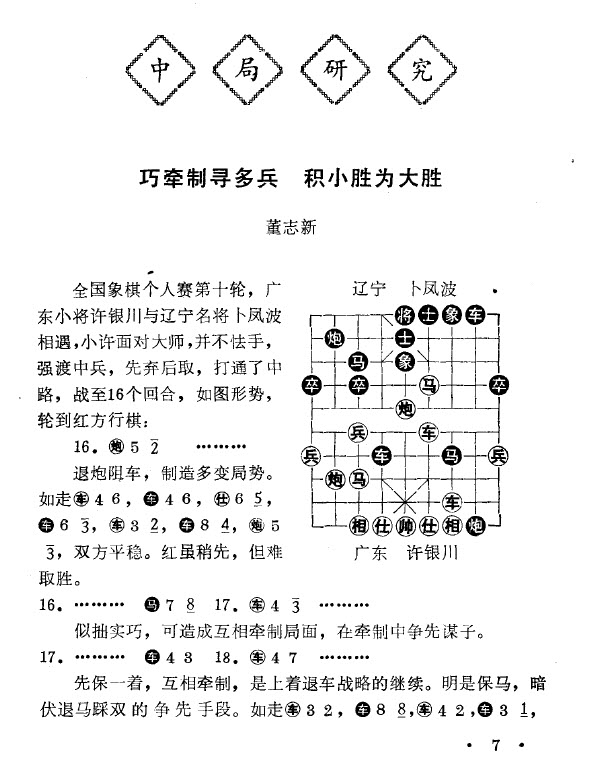
Diagram 15 A page from the May edition of Beifang Qiyi in 1995 showing the shorthand form of notation
Some criticisms of the current notation system
There are pros and cons to the current notation system. Although the system has been in use for almost a thousand years, it is still imperfect. There have been some criticisms of the current notation system.
Master Huang Shaolong wrote in his book, Xiang Qi Dui Ce Lun (《象棋对策论》 xiàng qí duì cè lùn, which can be translated as the Xiangqi Game Theory) that the current notation system has two significant flaws:
- Red and Black have individual notations which are not unified, and
- it is impossible to clearly describe any move individually as the notation would have to be dependent on the previous move. (5 页 10-11)
Xiangqi historian Professor Zhang Ru-an held a similar point of view as he said that the original position to be discussed was essential when using the current notation system. Without the initial position, the moves cannot be deciphered as it would be impossible to identify which piece was to be moved. There was also an element of continuity that had to be memorized after a piece was moved. In one of the earlier versions of Shi Lin Guang Ji, the files were the same for both colors. The diagrams shown in this article are from a later version which is the only version that the author could find. (6 pp. 162-163)
Simply put, the standard notation system is too dependent on the original diagram. If a certain position had to be discussed, the reader must read and keep the diagram of the position in mind and keep referring to the diagram.
There have been criticisms of the standard notation system. Most notably, Meng Baolin (孟宝林 mèng Bǎo lín) wrote an entire book that advocated a system he supported using coordinates. According to the literature cited in his book, several people advocated a coordinate system for the notation in China in the last century.
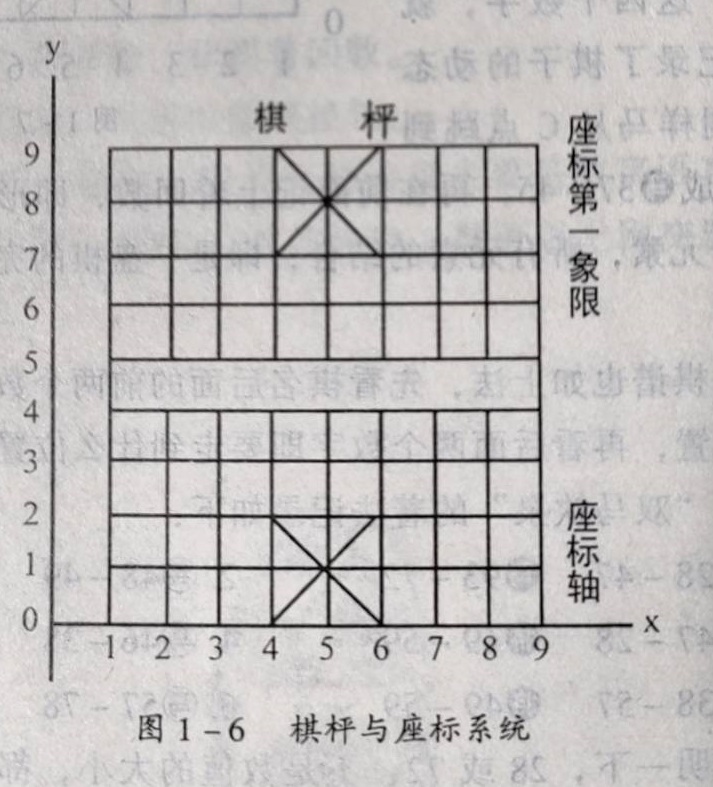
Diagram 16 Coordinate System which Meng Baolin advocated. Diagram reproduced from his book.
According to Meng, the advantages of using a coordinate system include (7 页 12-13):
- Clear and distinct description of where a chess piece was located
- Improved accuracy when jotting down the moves during tournament matches
- Easy to learn and reproduce
- Easy to identify and correct mistakes.
- The initial diagram can be excluded
- The order of the moves will be clear and concise
- Ease of acceptability by Western International Chess players, allowing for them to transition to Xiangqi
- Compatibility with computer programs as the original code is already numerical.
Regarding the advantages that Meng pointed out, the author feels that allowing the exclusion of the original diagram may be possible for matches. However, for puzzles or a particular position, the diagram must still be included.
The last advantage is also interesting because it may allow computer programs to identify and pass judgment in repetitive situations as long as the algorithm can be written. However, to the author's knowledge, the current Rule of Xiangqi is so complicated that such an algorithm is almost impossible to write. Nevertheless, an advantage of using a coordinate system MAY solve such issues in the future.
Some advantages of the current system
The current notation system is not without its merits. Anything that has been around for almost a thousand years is bound to have its merits.
For example, the current notation system 'forces' the reader to memorize the position of the pieces subconsciously and thus allow for easier recognition of patterns.
It is a very efficient format of representing a move with only four components. In Meng Baolin's book, a move was given like H28-47, P48-49, et cetera, which is longer. One might argue that the chess piece to be moved can be removed from the equation, but it will be confusing and more liable to mistakes.
Some thoughts
The notation system in Xiangqi is a very fundamental part of Xiangqi that has gone through very long periods of evolution. Currently, ALL the modern-day books, periodicals, videos, media, et cetera use it.
There are well over one million Xiangqi scores and match records on some of the websites in China (e.g., www.dpxq.com), and they all use the current system. It has also been implemented into the various Xiangqi engines, apps, and programs out there.
However, as with all things, only the fittest will survive. The coordinate system is appealing and has its merits. Perhaps an in-depth study of the current notation system is needed to determine if the coordinate system is to be incorporated as a second option.
Works Cited
1. (南宋)陈元靓. Library -> 新编纂图增类羣书类要事林广记 -> 新编纂图增类羣书类要事林广记九 30/141. 诸子百家 Chinese Text Project. [Online] Feb 25, 2020. https://ctext.org/library.pl?if=gb&file=35640&page=30&remap=gb.
2. —. Library -> 新编纂图增类羣书类要事林广记 -> 新编纂图增类羣书类要事林广记九 31/141. 诸子百家 Chinese Text Project. [Online] [Cited: Feb 25, 2020.] https://ctext.org/library.pl?if=en&file=35640&page=31&remap=gb.
3. (清)毛焕文. 增补万宝全书. 1739. 卷 12.
4. Png, Jim Hau Cheng. Lexicon of Xiangqi (Chinese Chess) Terms in English. Taipei : Jim Png Hau Cheng, 2017. 978-957-43-4707-0.
5. 黄少龙. 象棋对策论. 成都 : 蜀蓉棋艺出版社, 1986. 7457.35.
6. 张, 如安. 中国象棋史. 北京 : 团结出版社, 1998. 7-80130-170-6.
7. 孟, 宝林. 象棋新式坐标棋谱. 成都 : 蜀蓉棋艺出版社, 2001. 7-80548-700-6/G.701.
8. 刘, 殿中. 象棋新编教程 象棋初学门径. 北京 : 北京体育大学出版社, 2000. 7-81051-484-9.
9. contributors, Wikipedia. Xiangqi. Wikipedia, The Free Encyclopedia. [Online] Page Version ID: 1031515692, Jul 2, 2021. [Cited: Jul 8, 2021.] https://en.wikipedia.org/w/index.php?title=Xiangqi&oldid=1031515692.
10. 王, 贵龙. 象棋名词术语手册. 呼和浩特 : 远方出版社, 2000. 7-80595-652-9.
11. 黄少龙. 象棋入门初步. 成都 : 成都时代出版社, 2009. 9787807055228.
12. 朱, 宝位. 棋牌入门丛书 象棋入门. 合肥 : s.n., 1994. 978-7-5337-0734-7.
13. 屠, 景明 and 杨, 柏伟. 象棋词典. 上海 : 上海文华出版社, 2009. 978-7-80740-339-5/G。475.
